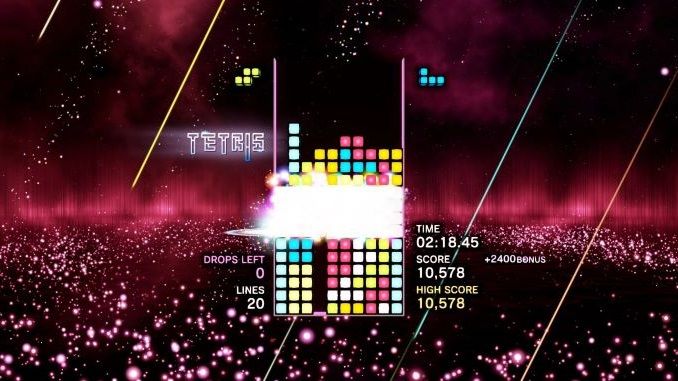There’s a lot of gaming research out there, and much of it has been produced during the pandemic. Over the past two years, researchers have been examining the impacts of global crises on gaming and players’ wellbeing. But what have they concluded?
Gaming as a Positive Force
One early 2022 study found, somewhat predictably, that gaming was a positive experience during the pandemic. The researchers, both from the University of Glasgow in the UK, identified seven ways that gaming impacted players’ wellbeing: by providing them with socialization, stress relief, escape, and cognitive stimulation, among others.
The researchers identified only one negative impact. Some players reported feeling that they were wasting their time by gaming when they could’ve been doing something more productive, such as work.
Despite this, the researchers noted that “negative comments […] were balanced with more positive sentiments” and at least one participant noted that global conditions “justify the time spent” gaming.
Though the researchers noted that their findings are similar to prior research, they also acknowledged that the larger public’s perception of gaming is less positive. To combat this, they suggested that gaming be included in future “guidance on coping” to highlight the benefits of videogames.
Enter Player Two: Game Transfer Phenomena
A March 2022 study took a slightly different route to examine the pandemic’s effects on gamers. From the University of Bergen in Norway, Angelica B. Ortiz de Gortari’s study focused on game transfer phenomena.
Shortened to GTP, these phenomena are “effects carried over from playing videogames into the real world.” They can include altered visual or auditory perceptions or automatic mental processes.
GTP is related to an earlier phenomenon called the Tetris effect. It describes the experience of seeing Tetrominos (also known as Tetris blocks) while sleeping, at the supermarket, in peripheral vision, etc., after long stints playing Tetris. The experience was typically more intense with increased frequency, and length, of play.
As noted on Wikipedia, the Tetris effect was first mentioned in a 1994 Wired article, which talks about the success—and addictiveness—of Tetris as well as the way the brain responds to the game.
A 2005 Wired piece further addressed game/reality mix-ups for titles ranging from Burnout 2 to The Sims to Animal Crossing, among others. Though this specific piece did not directly mention the Tetris effect, it does talk about many of the same experiences as applied to other games.
More common now is the term GTP. It was coined in 2010 by Ortiz de Gortari, who published her first research on it in 2011. It’s a more in-depth understanding of the Tetris effect, far beyond the game that originally inspired it.
In this 2022 study, Ortiz de Gortari surveyed 567 gamers to understand how GTP experiences impacted players’ wellbeing during the pandemic. She found that while gaming was positive for many, those who experienced moderate GTP “were more likely to report contamination fears” regarding COVID-19 and also showed more “preventive COVID coping behaviours.”
These behaviors could be considered beneficial, as they may have prevented these players from contracting COVID-19; however, contamination fears became problematic when players’ anxiety was chronic and/or excessive after gaming.
Ortiz de Gortari recommended further research to better understand the “factors involved in the positive and negative impact of GTP on self-perception and perception of the world.”
She also makes a point to note that GTP experiences “are not necessarily positive or negative” by themselves. She does not automatically pathologize these experiences, but instead prioritizes individual players’ feelings about GTP: How do they feel about their experiences?
On her website, Ortiz de Gortari reported that most gamers do not view their GTP negatively—for some, she told BBC, these experiences can become an inside joke and help players bond.
The same article also notes the importance of context, though: “Seeing Tetris blocks before you go to sleep is wildly different to seeing them when you’re driving, for example.” Context is important, and if GTP becomes dangerous, stressful, and/or concerning, Ortiz de Gortari recommends that players reach out to a doctor.
Other GTP Research
In the decade since Ortiz de Gortari published her first GTP research, both she and others have built on her initial understanding of these experiences.
Ortiz de Gortari herself wrote a feature article for Game Developer in 2018, talking about the release of a new Tetris title, called (too appropriately) Tetris Effect. She was also interviewed in a recent BBC: Bitesize article, in which she discussed game music earworms and involuntary finger motions as GTP experiences.
Studies by other researchers include a 2019 American study focused on GTP related to the hybrid reality game Ingress. The researcher, Cynthia M. Sifonis from Oakland University, surveyed 867 players and found that their most common GTP experience was “automatic thought process related to the game.”
Sifonis also noted that female players were more likely to experience GTP than male, as were younger (versus older) players.
In the end, most pandemic research found that gaming was, overall, a beneficial coping mechanism during a time of global crisis, so long as it didn’t provoke high anxiety regarding either the pandemic or any GTP experiences. All of which to say: Game on.
Natalie Schriefer often writes about pop culture, sexuality, and identity. Say hi on Twitter @schriefern1.
